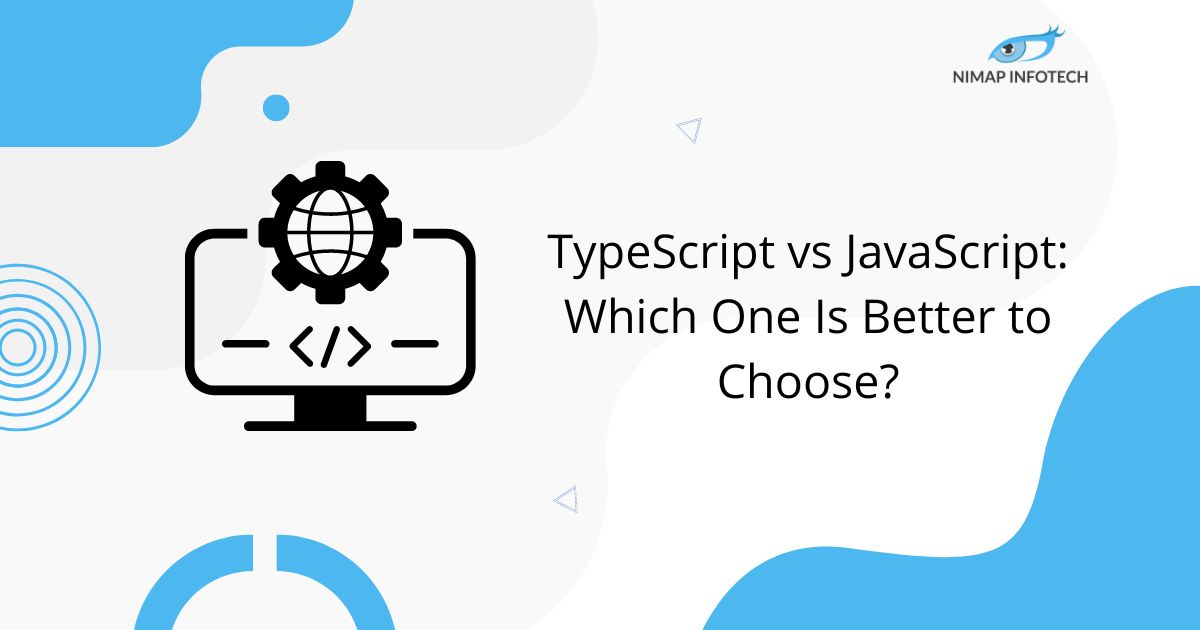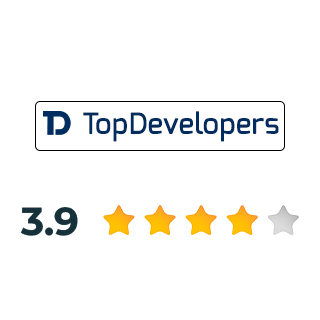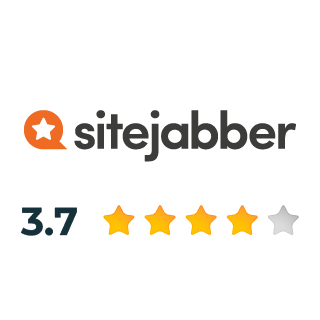In the dynamic world of web development, where creativity and efficiency are key, the programming language used is essential for a project’s success. Although, JavaScript for web development has been the foundation of web programming. TypeScript has emerged as a viable alternative with its additional features and capabilities. In this detailed examination, we go deep into the realm of TypeScript, separating its complexities, comparing it to JavaScript, and providing insights into its implementation.
What is TypeScript?
Microsoft developed TypeScript, a superset of JavaScript, a statically typed language that compiles to plain JavaScript. TypeScript enhances the development experience by grabbing problems early and offering greater tooling assistance. TypeScript is a language for programming that allows for dynamic and static typing. It supports classes, visibility scopes, namespaces, inheritance, unions, interfaces, and various other features. It also provides comments, variables, statements, expressions, modules, and functions.
Features of TypeScript –
Object-oriented Programming:
- TypeScript provides support for classic object-oriented programming principles such as classes, interfaces, inheritance, and encapsulation, making it easier to create scalable and maintainable code.
Static Typing:
- TypeScript enables developers to specify types for variables, function parameters, and return values, resulting in higher code quality and maintenance.
Enhanced Tooling Support:
- TypeScript accelerates the development process by leveraging sophisticated tooling support from integrated development environments (IDEs) such as Visual Studio Code and powerful features such as code navigation, intelligent code completion, and refactoring tools.
Generics:
- TypeScript delivers generics, that enable developers to construct reusable and type-safe code by creating functions and data structures that are capable of handling a wide range of data types.
Decorators:
- TypeScript now includes decorators, a feature inspired by the Decorator design pattern that allows developers to attach metadata to classes, methods, and properties, enabling powerful capabilities like dependency injection and aspect-oriented programming.
Also Read: Full Stack vs Mean Stack
What is JavaScript?
JavaScript, commonly referred to as the “language of the web,” is a high-level, interpreted programming language designed primarily for client-side web development. It makes web pages interactive and dynamic by allowing developers to change the Document Object Model (DOM) and respond to user inputs.
To create dynamic web pages, developers utilize JavaScript, a scripting language. It follows the standards of programming for clients, so it runs smoothly in the user’s web browser. However, you can integrate JavaScript with other technologies such as XML and REST APIs.
Features of JavaScript –
Prototypal Inheritance:
- JavaScript uses a prototypal inheritance model, in which objects acquire properties and methods from prototypes, allowing for code reuse and flexibility.
Dynamic Typing:
- Unlike TypeScript, JavaScript is typed dynamically, which means that variable types are determined during runtime rather than at the time of compilation.
Functional Programming Capabilities:
- JavaScript enables functional programming concepts such as higher-order functions, anonymous functions, and closures, allowing developers to create code that is both compact and expressive.
DOM Manipulation:
- Developers can use JavaScript to dynamically manipulate the DOM, creating, modifying, and removing HTML elements, characteristics, and styles in response to user interactions.
TypeScript vs JavaScript Differences –
When comparing two programming languages, TypeScript vs JavaScript, we must consider many aspects, which are listed below:
Performance:
- Performance is a crucial aspect of any programming language because it directly affects the efficiency and responsiveness of apps.
- When comparing TypeScript to JavaScript, TypeScript’s additional compilation phase is frequently a source of worry.
- However, it’s critical to remember that TypeScript eventually compiles to JavaScript, resulting in comparable performance between the two languages.
- While the compilation procedure may add some overhead, modern TypeScript compilers are highly efficient, ensuring that runtime performance is minimally affected.
Syntax:
- TypeScript and JavaScript differ considerably in their syntax. JavaScript is dynamically typed, which means the variable types are determined at runtime, allowing for more flexible and compact code.
- TypeScript, on the other hand, implements static typing via type annotations, allowing developers to declare variable types at compile time.
- This extra syntax in TypeScript improves code readability and facilitates early error proof of identity, especially in bigger codebases.
IDE Support:
- Integrated Development Environments (IDEs) are essential in modern software development, offering developers powerful tools and features that boost productivity.
- TypeScript has greater IDE support than JavaScript, owing mostly to its static typing capability.
- TypeScript support is extensive in IDEs such as Visual Studio Code, which includes capabilities like IntelliSense, code navigation, error detection, and automatic code refactoring.
- While JavaScript has strong IDE support, TypeScript’s static typing enables more extensive code analysis and tool integration.
Complexity:
- The difficulty of a programming language affects several aspects of the development process, including the learning curve, code maintainability, and project scalability.
- TypeScript adds complexity to JavaScript, especially due to its static typing capability.
- Static typing increases code quality and maintainability, but it also necessitates that developers learn type annotations, interfaces, and other language constructs.
- As a result, developers switching from JavaScript to TypeScript may face an initial learning curve as they become acquainted with these notions.
Compatibility:
- When implementing a new programming language, it is vital to consider compatibility with current codebases and libraries.
- TypeScript has strong compatibility with JavaScript, allowing developers to integrate TypeScript code into existing JavaScript projects simply.
- Since TypeScript compiles JavaScript, it can use the entire ecosystem of JavaScript libraries, frameworks, and tools without any compatibility difficulties.
- This compatibility offers a simple transition for developers and allows for the incremental adoption of TypeScript in existing projects.
Learning Curve:
- The learning curve of a programming language is the amount of time and effort required for developers to become proficient in its use.
- JavaScript has a lower initial learning curve than TypeScript due to its simplicity and dynamic typing.
- Developers can rapidly begin developing JavaScript code and experimenting with web development concepts without having to learn new language capabilities.
- In contrast, TypeScript’s static typing introduces a steeper learning curve, particularly for developers unfamiliar with static type notions.
- However, the advantages of static typing, such as enhanced code quality and tooling support, make learning TypeScript worthwhile for many engineers.
Hire Typescript and JavaScript Developers Within 1 Hour –
TypeScript and JavaScript are powerful front-end programming languages for websites and mobile applications. They may both be used to create visually appealing UI and UX for websites and applications.
However, they are not interchangeable. JavaScript is interpretable, simple to learn, and the ideal option for smaller tasks. Meanwhile, TypeScript is compiled, more difficult to learn, and best suited for sophisticated and large-scale projects.
If you want to hire TypeScript developers or JavaScript developers, Nimap Infotech, a leading front-end development company will assist you in hiring a well-qualified developer for your web development projects.
What to Consider While Hiring JavaScript and TypeScript Developers –
When hiring JavaScript developers and TypeScript developers, consider their proficiency in core language concepts, frameworks/libraries expertise (e.g., React, Angular), experience with asynchronous programming, knowledge of best practices like code optimization and security, problem-solving abilities, communication skills, and compatibility with your team’s culture and project requirements.
Read More: Flutter Vs Swift: Which One Is Best for iOS App Development?
Conclusion –
When deciding between TypeScript vs JavaScript, consider your project’s needs for static typing and robust tooling versus simplicity and flexibility. Consider your project’s requirements before determining whether to use TypeScript or JavaScript. TypeScript may be unnecessary for simple web projects with a few lines of code. However, it is the best option for complex projects with complex data structures or those that necessitate several developers. Because TypeScript makes faults easier to detect, the project can be readily maintained.
JavaScript also has advantages that extend beyond tiny projects. JavaScript supports more frameworks than other languages, therefore if you require your engineers to use specific frameworks, JavaScript code is appropriate.








































